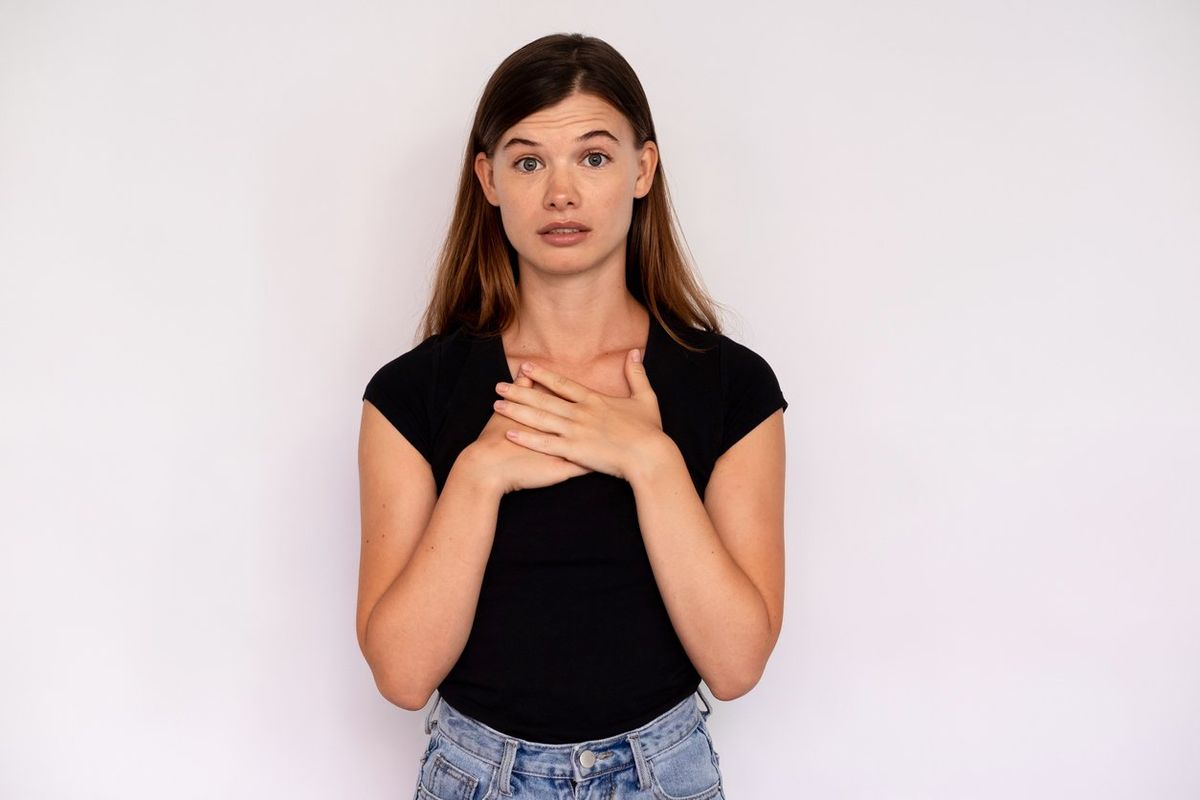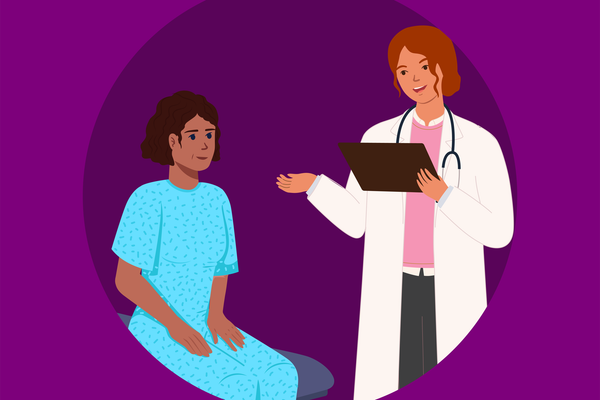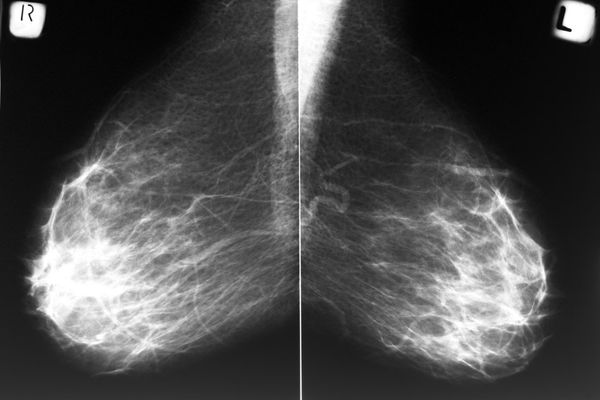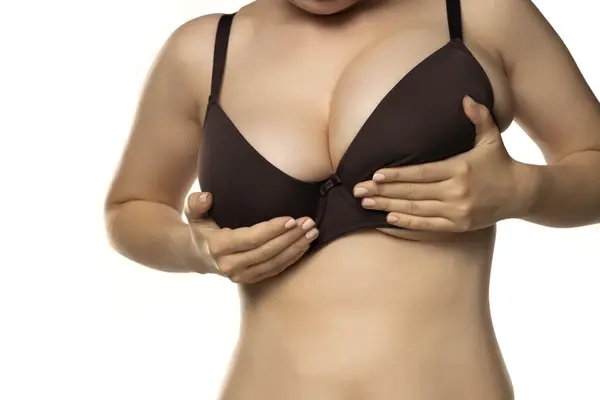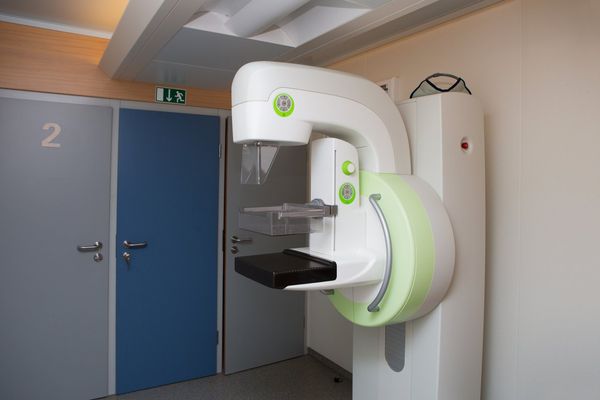Q:
My 17-year-old daughter has inverted nipples. She's embarrassed and self-conscious about it. Is this normal? Are there any tricks to help the situation?
A:
First, I would tell you not to worry. Unless the inverted nipples occur suddenly, which could be a sign of breast cancer, they are in no way a health problem. However, they can become irritated and inflamed, and, as you already found, become a source of distress because of the way they look. Additionally, if your daughter wants to breastfeed, inverted nipples could cause difficulties.
The condition affects about two percent of women, or 18 women out of every 1,000, although some estimates put it much higher, at about 10 percent of women. It can involve one or both nipples. Nipple inversion usually occurs during fetal development because a small nipple base or constricted milk ducts develop, pulling the nipple inward. Sometimes, it can occur after childbirth if the milk ducts scar during breastfeeding.
Doctors grade inverted nipples according to three levels:
- Grade I inverted nipples can "pop out" when exposed to cold or during arousal, or be manually popped out.
- Grade II nipples can be pulled out, but not as easily as grade I, and the nipple retracts quickly.
- Grade III nipples are severely inverted and it is very difficult to pull them out manually.
Treatment for inverted nipples depends on the severity. For instance, grade I nipples may be extracted using a plastic cup called a "nipple eversion device" that pulls the nipples forward. You can find these in breastfeeding sections of baby stores or online.
The majority of inverted nipples, however, are treated surgically. There are a variety of surgical techniques available, and the best one depends on your daughter's situation and the surgeon's skill. Make sure you ask the surgeon if the procedure will harm the milk ducts; it's a risk with this type of surgery, and could impact your daughter's ability to breastfeed in the future.
You should also be aware that, in rare instances, the nipple retraction may reoccur after surgery.

